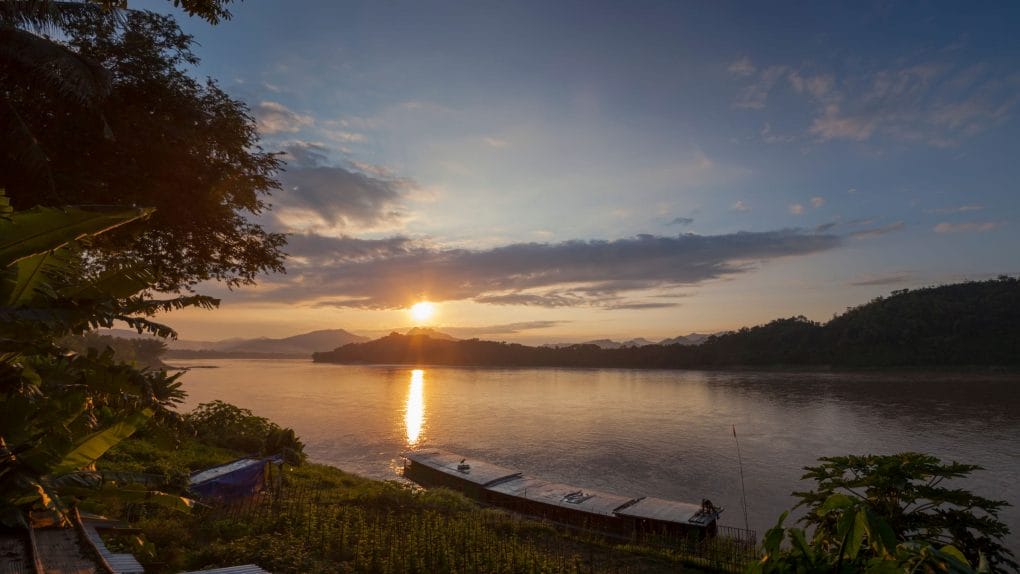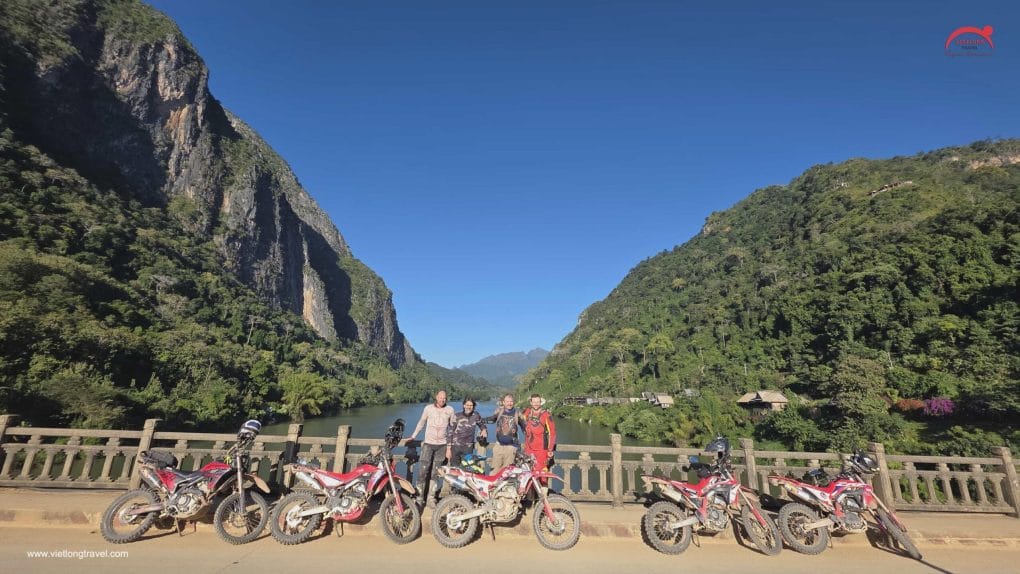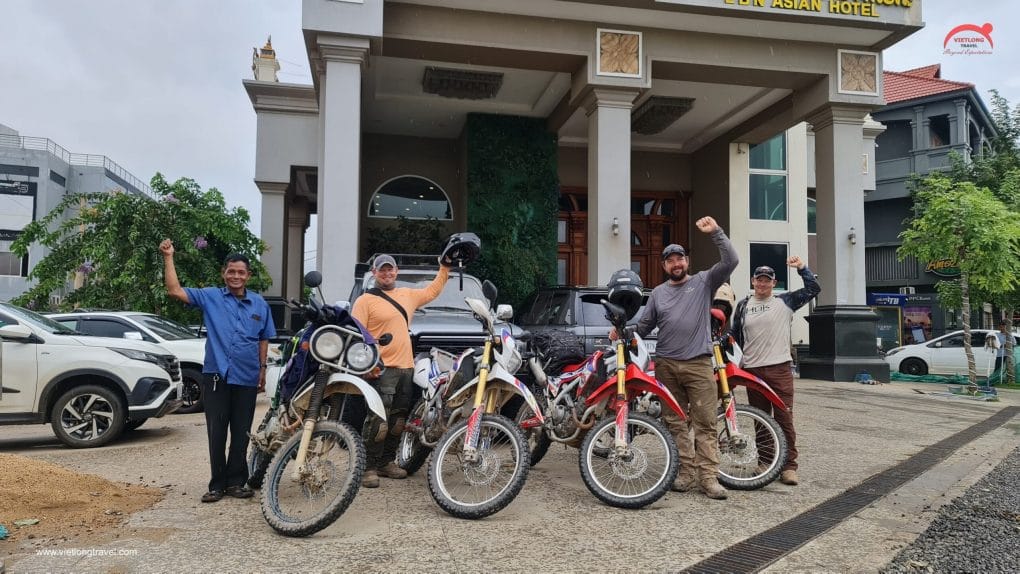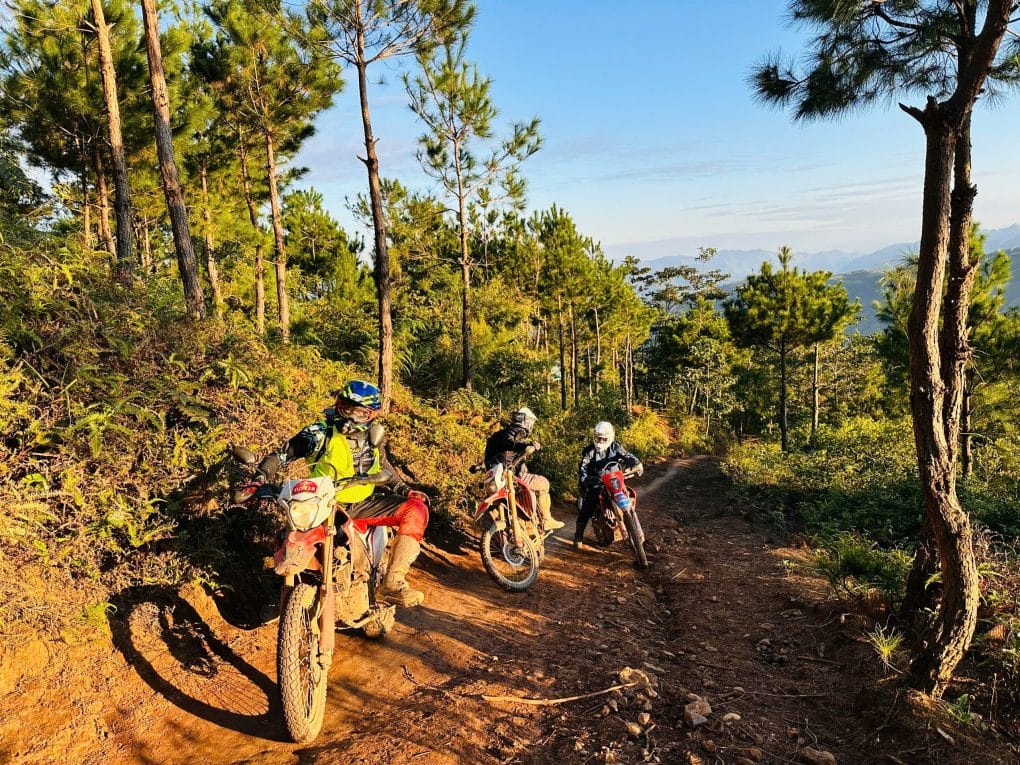Northern Vietnam is a region rich in history, culture, and natural beauty. From the bustling streets of Hanoi to the serene mountains of Sapa, the picturesque landscapes of Ninh Binh, and the breathtaking Halong Bay, there’s no shortage of must-see destinations. This guide will take you through the top attractions in Northern Vietnam, offering insights into what makes each location special and why they should be on your travel itinerary.
1. Hanoi: The Heart of Vietnam
Hanoi, the capital city of Vietnam, is a fascinating blend of ancient traditions and modern influences. It’s a city where you can immerse yourself in the country’s history, culture, and vibrant street life.
Hoan Kiem Lake and Ngoc Son Temple
- Location: Central Hanoi
- Highlights: Hoan Kiem Lake is not just a scenic spot but a symbol of Hanoi’s cultural and historical significance. In the middle of the lake lies the Ngoc Son Temple, dedicated to General Tran Hung Dao, a national hero. The peaceful atmosphere around the lake offers a perfect respite from the bustling city.

The Old Quarter
- Location: North of Hoan Kiem Lake
- Highlights: The Old Quarter is the beating heart of Hanoi, with narrow streets that are home to a myriad of shops, restaurants, and historic buildings. Each street in the Old Quarter is traditionally dedicated to a specific trade, such as silk, silver, or paper. It’s a fantastic place to experience local life and shop for souvenirs.
The Temple of Literature
- Location: South of the Old Quarter
- Highlights: The Temple of Literature is Vietnam’s first university, originally built in 1070. It’s dedicated to Confucius and serves as a symbol of Vietnamese education and culture. The site features beautiful gardens, ancient architecture, and several pavilions.
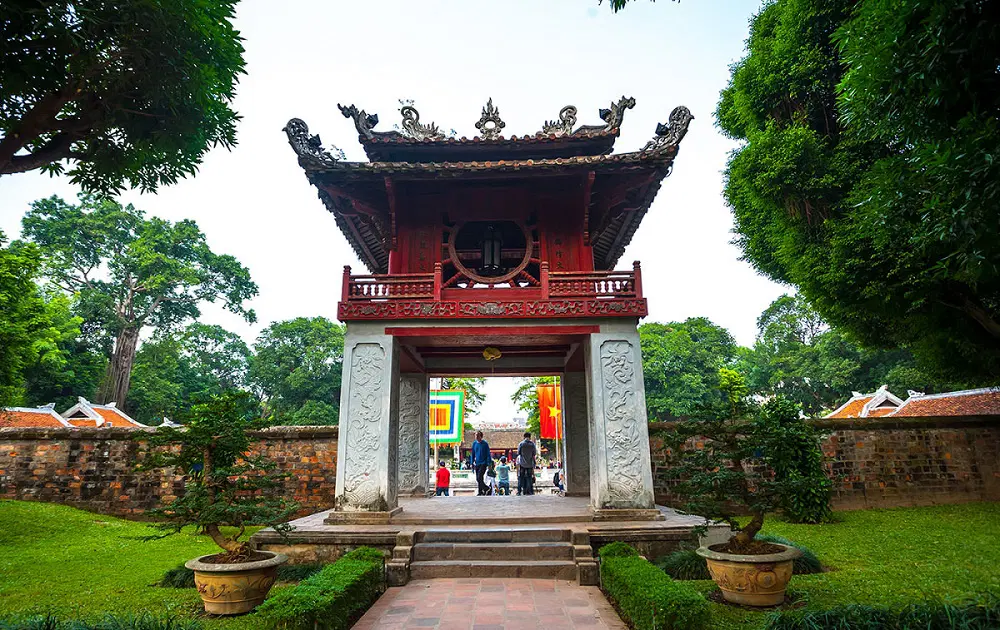
Ho Chi Minh Mausoleum
- Location: Ba Dinh Square
- Highlights: A visit to the Ho Chi Minh Mausoleum is a must to understand Vietnam’s modern history. This imposing structure houses the embalmed body of Ho Chi Minh, the country’s founding father. Nearby, you can also visit the Presidential Palace, Ho Chi Minh’s Stilt House, and the One Pillar Pagoda.
2. Sapa: The Land of Terraced Rice Fields and Ethnic Villages
Sapa is located in the northern mountains, close to the Chinese border. It’s known for its stunning terraced rice fields, ethnic minority villages, and breathtaking natural landscapes.
Lao Chai and Ta Van Villages
- Location: Sapa Valley
- Highlights: Lao Chai and Ta Van are two of the most picturesque villages in the Sapa Valley, home to the Black Hmong and Giay ethnic minorities. The journey to these villages takes you through beautiful terraced fields and offers a unique opportunity to interact with local communities and learn about their cultures and traditions.
Cat Cat Village
- Location: Muong Hoa Valley
- Highlights: Cat Cat Village is one of the oldest ethnic villages in Sapa, home to the H’mong people. The village is famous for its traditional crafts, including weaving and jewelry making. Visitors can also explore the Cat Cat Waterfall and enjoy views of the surrounding mountains.
Fansipan Peak
- Location: Hoang Lien Son Mountain Range
- Highlights: Fansipan, known as the “Roof of Indochina,” is the highest peak in Vietnam, Laos, and Cambodia. The easiest way to reach the summit is by the Fansipan Cable Car, which offers stunning panoramic views. For the more adventurous, there are also trekking routes available.
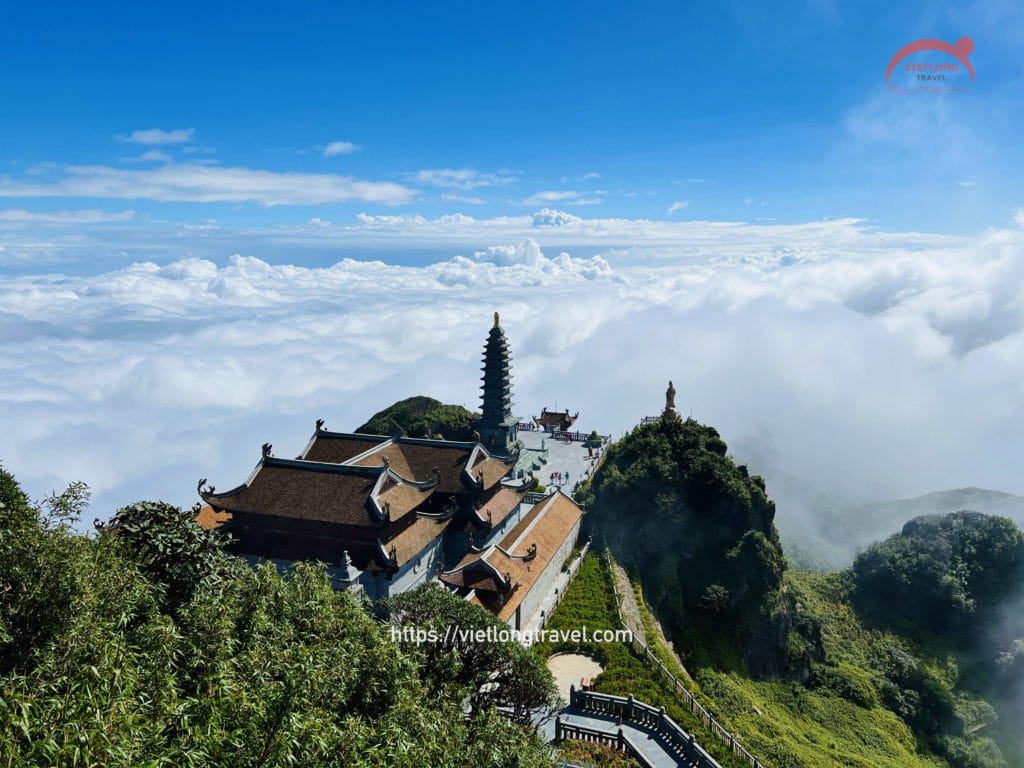
Sapa Glass Bridge
- Location: Rong May Tourist Area, near O Quy Ho Pass
- Highlights: The Sapa Glass Bridge is a recent addition to Sapa’s list of attractions. It’s a glass-bottomed bridge suspended over a valley, offering thrilling views of the mountains and forests below. The bridge is part of the Rong May Tourist Area, which also features a zipline and other adventure activities.
Moana Sapa
- Location: Near Sapa Town
- Highlights: Moana Sapa is an emerging attraction that blends cultural and artistic elements with the natural beauty of Sapa. The site features art installations, photogenic spots, and panoramic views of the mountains. It’s a great place for photography and offers a unique perspective on Sapa’s landscape.

3. Ninh Binh: The Halong Bay on Land
Ninh Binh is often referred to as “Halong Bay on land” due to its similar karst landscape. It’s a destination known for its serene beauty, historical significance, and outdoor activities.
Tam Coc
- Location: South of Ninh Binh city
- Highlights: Tam Coc, meaning “three caves,” is one of Ninh Binh’s most popular attractions. The best way to explore Tam Coc is by taking a boat ride along the Ngo Dong River, which winds through rice paddies and limestone karsts. The boat passes through three natural caves, each with its own unique beauty.

Hoa Lu Ancient Capital
- Location: Northwest of Tam Coc
- Highlights: Hoa Lu was the capital of Vietnam in the 10th and 11th centuries. The site features the remains of ancient temples dedicated to the Dinh and Le dynasties. It’s a place rich in history, offering insights into Vietnam’s early days as a nation.
Mua Cave
- Location: Near Tam Coc
- Highlights: Mua Cave is famous for its panoramic views of Ninh Binh. After climbing nearly 500 steps to the top of the mountain, you’ll be rewarded with breathtaking views of the Tam Coc valley and the surrounding karst landscape.
Trang An Scenic Landscape Complex
- Location: Near Ninh Binh city
- Highlights: Trang An is a UNESCO World Heritage Site, known for its boat tours through a network of rivers, caves, and temples nestled among towering limestone cliffs. It’s a serene and mystical experience, often described as one of the most beautiful places in Vietnam.
4. Halong Bay: A Natural Wonder of the World
Halong Bay is a UNESCO World Heritage Site and one of the most iconic destinations in Vietnam. It’s famous for its emerald waters and thousands of towering limestone islands topped with rainforests.
Halong Bay Cruises
- Location: Quang Ninh Province
- Highlights: The best way to experience Halong Bay is by taking a cruise. There are options for day cruises and overnight stays, allowing you to explore the bay’s hidden gems, including caves, fishing villages, and secluded beaches. Sung Sot Cave and Ti Top Island are among the most popular stops on these cruises.
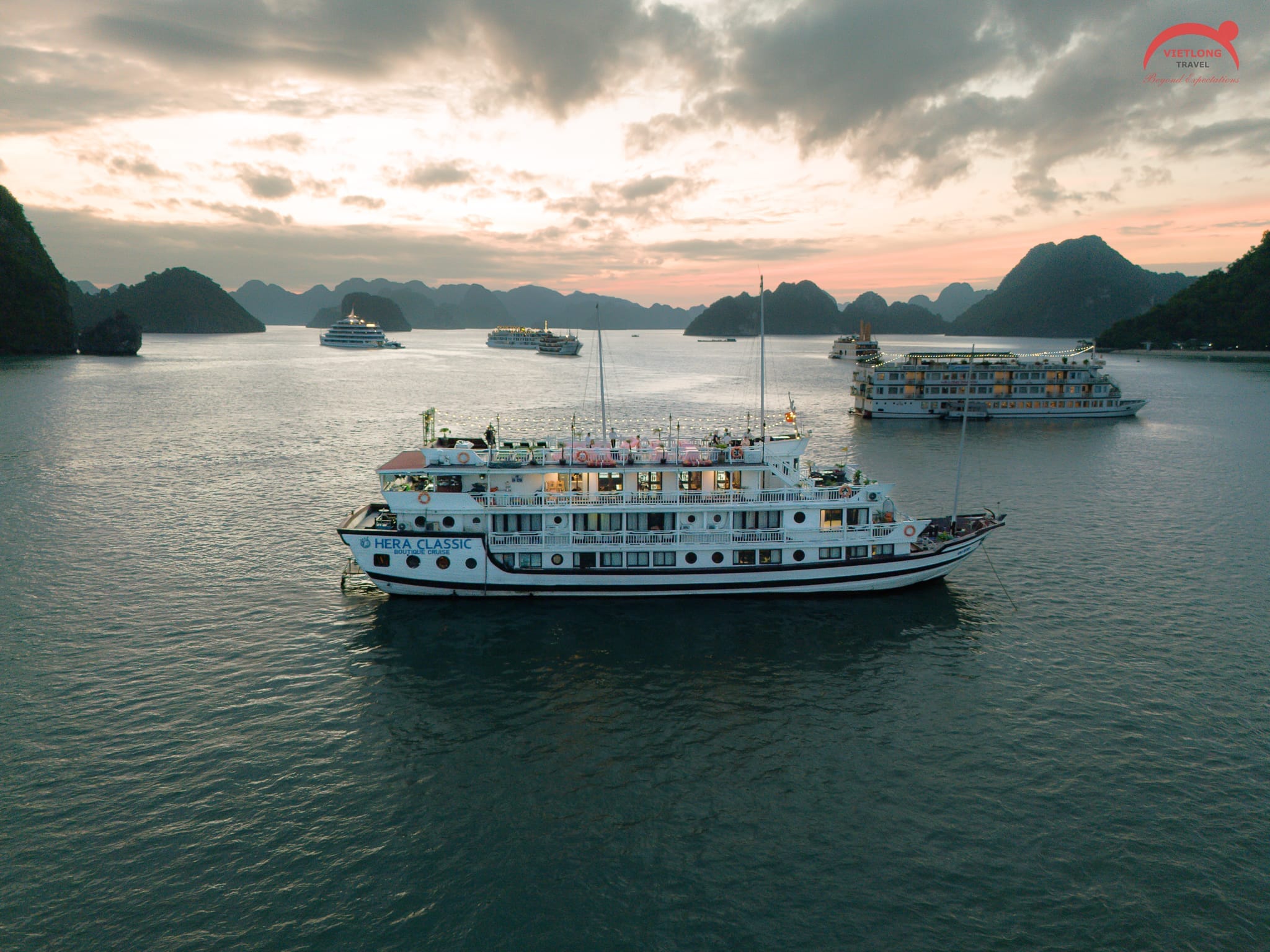
Sung Sot Cave (Surprise Cave)
- Location: Bo Hon Island
- Highlights: Sung Sot Cave is the largest and one of the most impressive caves in Halong Bay. It’s divided into two main chambers, filled with stalactites and stalagmites that create a surreal atmosphere. The cave’s name, which means “Surprise Cave,” reflects the awe visitors feel when they see its size and beauty.
Ti Top Island
- Location: Central Halong Bay
- Highlights: Ti Top Island is famous for its stunning views of Halong Bay. After climbing the steps to the top, you’re rewarded with a panoramic view that’s perfect for photography. The island also has a small beach where you can relax or swim in the bay’s emerald waters.
Conclusion
These must-see destinations in Northern Vietnam showcase the region’s diverse beauty, from bustling cities and historical sites to tranquil landscapes and natural wonders. Each destination offers unique experiences that cater to different interests, whether you’re drawn to cultural exploration, adventure, or relaxation. By including these locations in your travel itinerary, you’ll gain a deeper understanding of Vietnam’s rich history, vibrant culture, and stunning landscapes.
To ensure a seamless travel experience, consider booking a comprehensive Hanoi-Sapa- Ninh Binh & Halong Bay package tour with Vietlong Travel. This package covers these must-see destinations, providing guided tours, comfortable accommodations, and convenient transportation.
Frequently Asked Questions (FAQs)
-
Q: What are the top attractions to visit in Hanoi? A: The top attractions in Hanoi include Hoan Kiem Lake, the Old Quarter, the Temple of Literature, and the Ho Chi Minh Mausoleum. Each of these sites offers a glimpse into the city’s rich history and vibrant culture.
-
Q: How can I experience local culture in Sapa? A: To experience local culture in Sapa, visit ethnic minority villages like Lao Chai and Ta Van, where you can learn about traditional crafts, customs, and daily life. Trekking through the terraced rice fields is also a must.
-
Q: What makes Ninh Binh a unique destination? A: Ninh Binh is often called “Halong Bay on land” due to its karst landscape. Key attractions include the Tam Coc boat ride, the historical Hoa Lu Ancient Capital, and the scenic views from Mua Cave.
-
Q: What is the best way to explore Halong Bay? A: The best way to explore Halong Bay is by taking a cruise, which allows you to visit its islands, caves, and beaches. Sung Sot Cave and Ti Top Island are among the highlights of most Halong Bay cruises.
-
Q: How can I make the most of my trip to Northern Vietnam? A: To make the most of your trip, plan your itinerary to include a mix of cultural sites, natural landscapes, and outdoor activities. Consider booking a *8 days Northern Vietnam package tour with Vietlong Travel for a hassle-free experience that covers all these must-see destinations.



